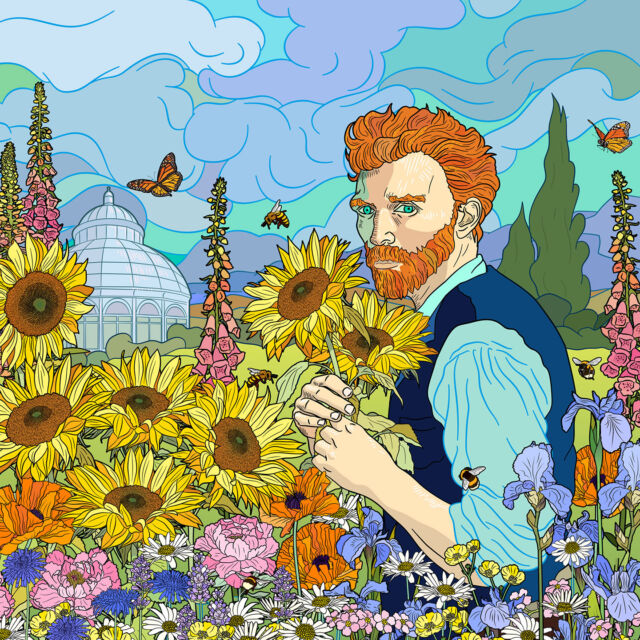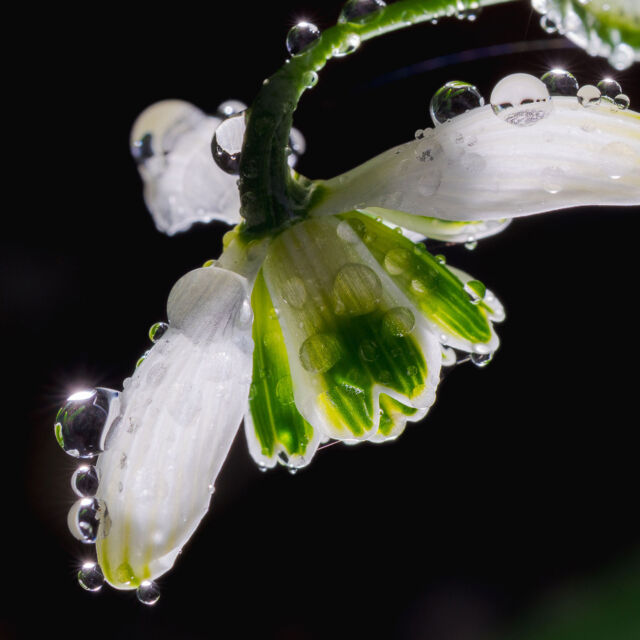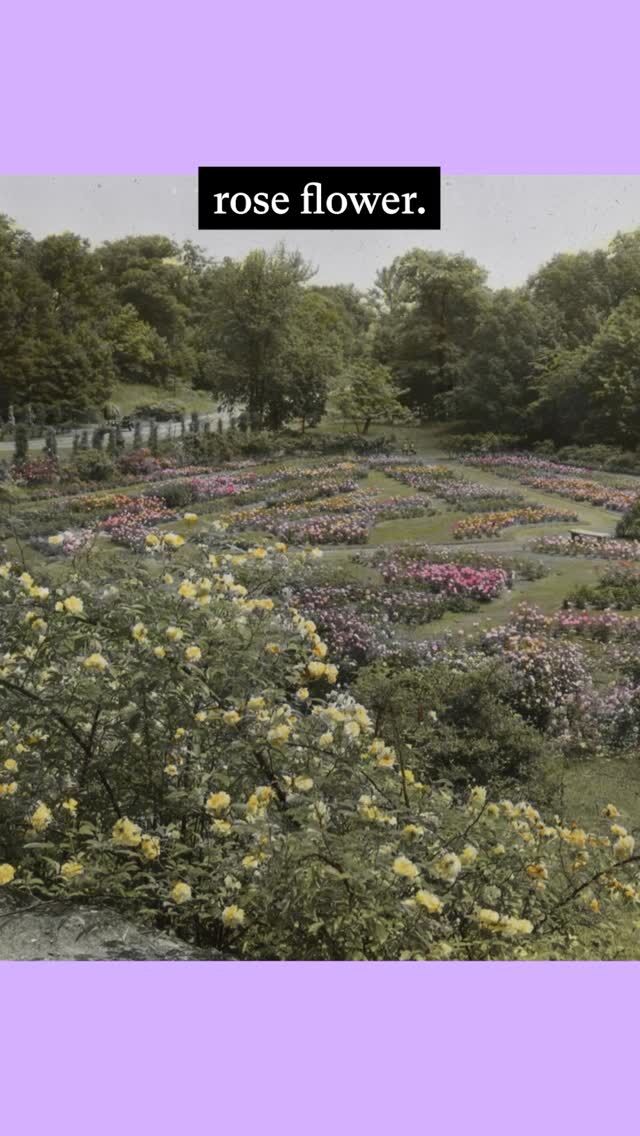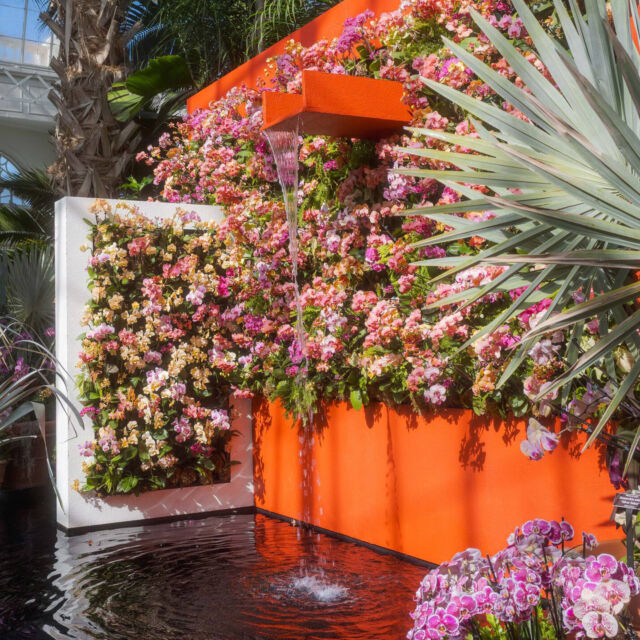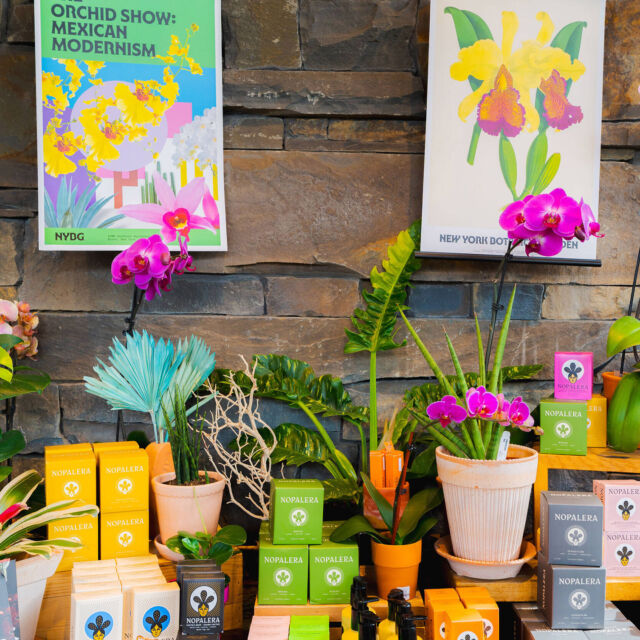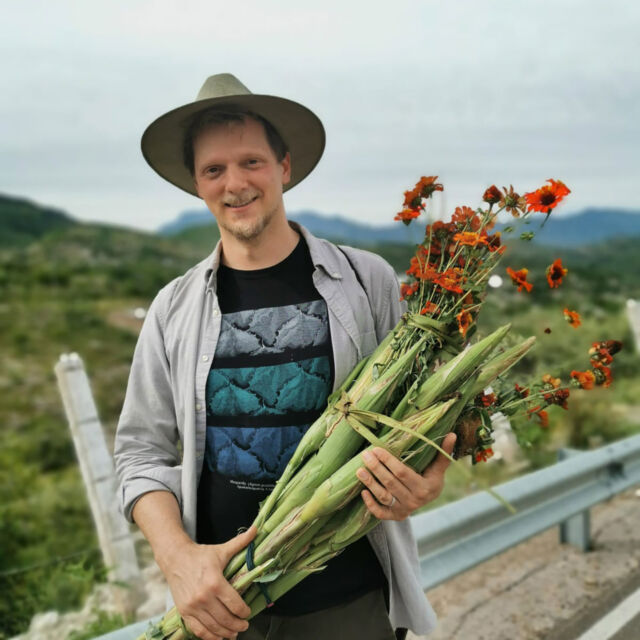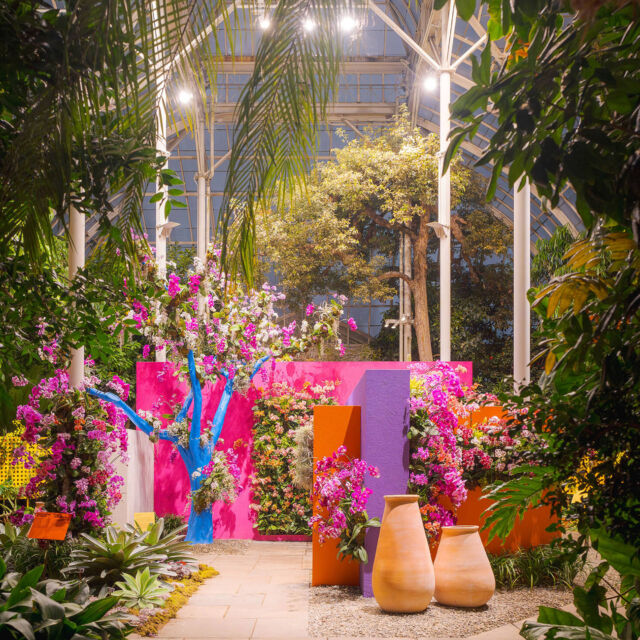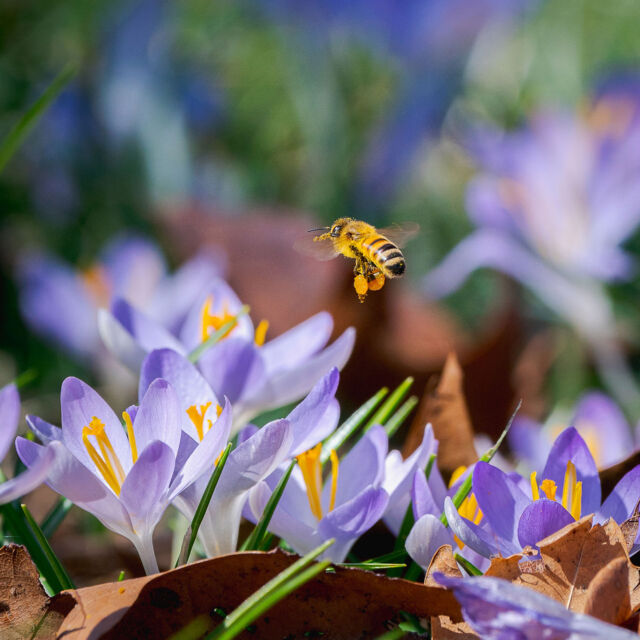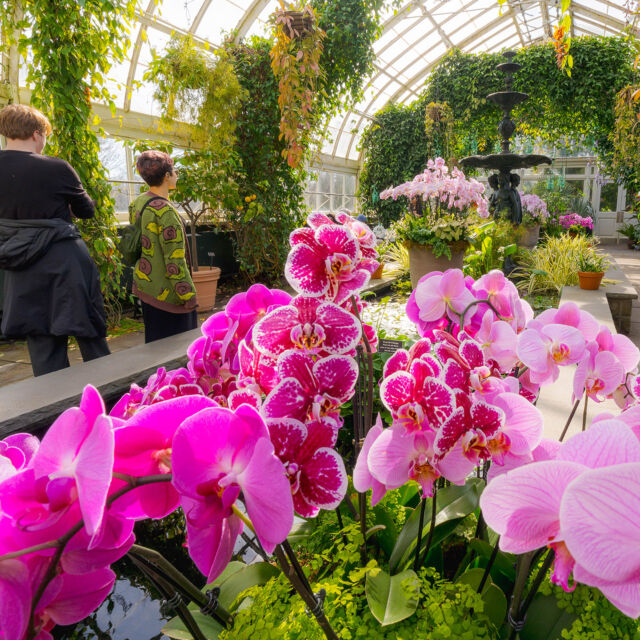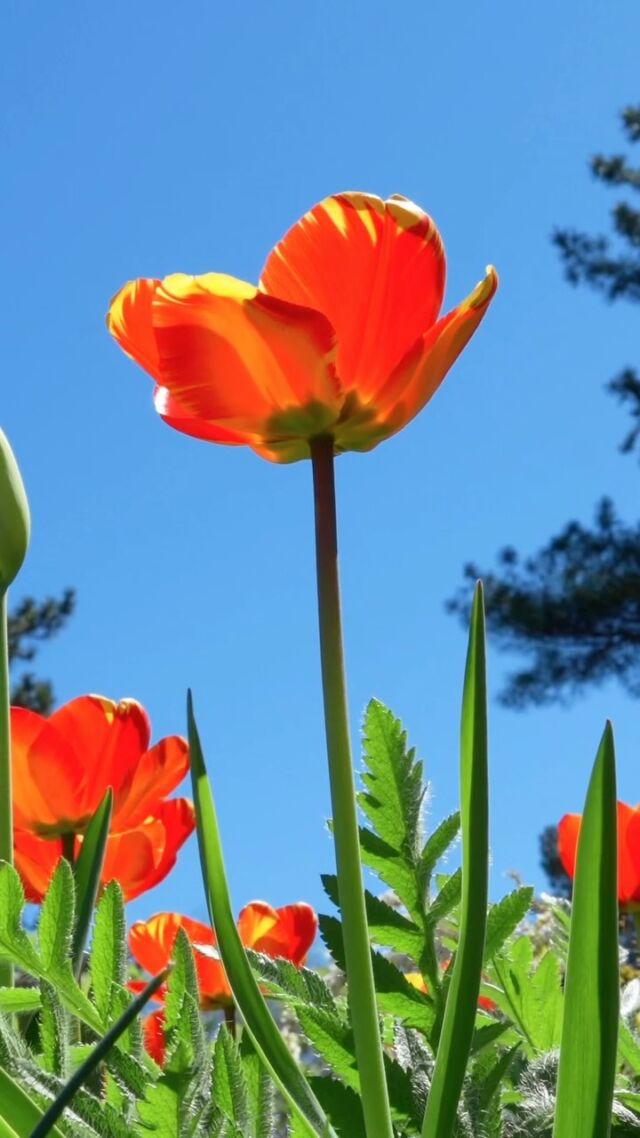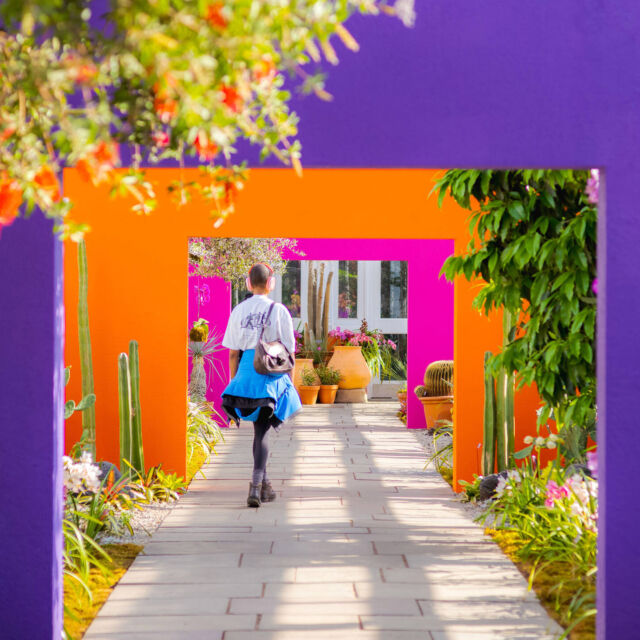NYBG Joins Efforts to Protect the Bronx River Watershed
“Together, we are reinforcing our commitment to a sustainable future… that this vital waterway remains a source of pride and resilience now and for future generations.”- Genesis Abreu, Director of Urban Conservation Partnerships
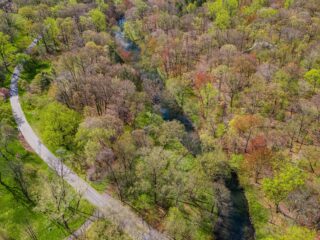
The Bronx River, which winds for 23 miles through southern Westchester and the Bronx— some of which flows through NYBG’s Forest—is a crucial piece of our landscape. As New York City’s only freshwater river, and one that spans a highly urbanized and multi-jurisdictional watershed, it has played many roles throughout history and today. The Indigenous communities who lived and fished along it, including the Lenape, Siwanoy and Weckquaesgeek people, gave it the name Aakwaaxunung. This roughly translated to sentiments of sanctuary and peace, emphasizing that the river was not only a source of food, water, and transportation, but also a crucial part of the Indigenous peoples’ cultural identity. Today, the Bronx River is a habitat for many aquatic and riparian species, and provides a corridor of greenery for recreation, science and education.
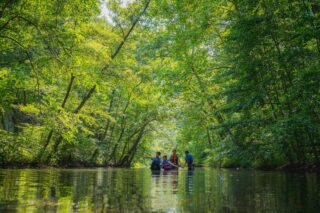
During industrialization and urbanization in the 1800s, the Bronx River was used as a dumping ground, so neglected and polluted that it was notoriously known as an “open sewer.” However, restoration efforts and coordinated stewardship have ameliorated these challenges, and the Bronx River ecosystem is on the path toward thriving once more.
In 2024, NYBG joined the Bronx River Watershed Management Plan Advisory Committee, led by Bronx River Alliance, in partnership with other organizations, to improve the health of the river and the communities through which it flows.
In March, NYBG hosted the Bronx River Alliance and elected officials, municipal partners, and other agencies from across the Bronx River and Long Island Sound watersheds to discuss updates to the Bronx River Watershed Plan—a 10-year intermunicipal plan for managing the watershed. This falls under the umbrella of active restoration through NYBG’s research in urban conservation and historical ecology, which aims to understand how to foster nature and biodiversity in a city, looking to the past in order to inform the future and create an urban space that is more sustainable and adapted to the climate crisis.
“This assembly was more than just a gathering; it’s a powerful platform for collaboration and innovation in urban conservation for the communities we serve in The Bronx and Westchester,” said Genesis Abreu, Director of Urban Conservation Partnerships at NYBG. “The energy and enthusiasm we witnessed at the assembly reaffirms that when we come together, we can create lasting impact and drive meaningful change.”
First published in 2010, this initiative is the result of a collaboration between the Bronx River Alliance, state and municipal departments, and more than one hundred other collaborators who comprise the Bronx River Watershed Coalition. The plan aims to pave the way for an ecologically healthy river system, sustainable policies to support the watershed and its wildlife, and to bolster economic strength and public health for communities in the watershed.
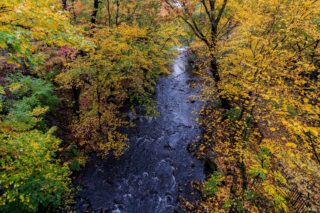
The updated plan now includes a chapter on Climate Resilience and over 160 new target projects to guide restoration efforts, many of which emphasize climate change resilience and sustainability goals.
Its primary goals include,
- Protect and improve water quality to attain fishable & swimmable classification.
- Protect and enhance native aquatic and riparian biodiversity and improve habitat.
- Reduce current and anticipated environmental stresses from climate change on the riverine ecosystem.
- Increase accessibility to the Bronx River for all watershed communities.
The plan details the responsibilities of various stakeholders, and outlines a framework which includes goals for priority projects, green infrastructure implementation, management strategies, and data collection.
“[This] presents us with a unique opportunity to leverage our expertise in Science, Horticulture, and Education,” said Abreu. “By fostering cross-sector partnerships, we are creating a powerful network dedicated to the health and resilience of our watershed…ensuring that the Bronx River thrives as a vital resource for our community and a testament to our collective commitment to environmental action.”
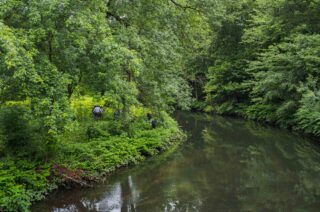
During the meeting, the Bronx River Alliance shared out the state of the river. Although many issues remain prevalent, including pollution and water quality, it is clear that important progress is being made across the watershed. Surveys showed that pollution-intolerant macroinvertebrates are becoming more abundant, and fish populations are rebounding. Efforts have also been made to reintroduce aquatic wildlife through fish stocking, and the Bronx River Alliance Conservation Crew added 4 acres of newly restored habitat, with more restoration planned for 2025. This habitat, including over 4000 newly planted trees, is a resource for wildlife, increases the carbon sequestration of the Bronx River corridor, and bolsters stormwater capture and filtration.
“Together, we are reinforcing our commitment to a sustainable future,” noted Abreu, “ensuring that this vital waterway remains a source of pride and resilience now and for future generations.”
With a cohesive vision for watershed management, and a unified approach for all stakeholders involved, a clean and burgeoning Bronx River is increasingly becoming a reality.
SUBSCRIBE
Enter your email address to subscribe to this blog and receive updates on new posts.
